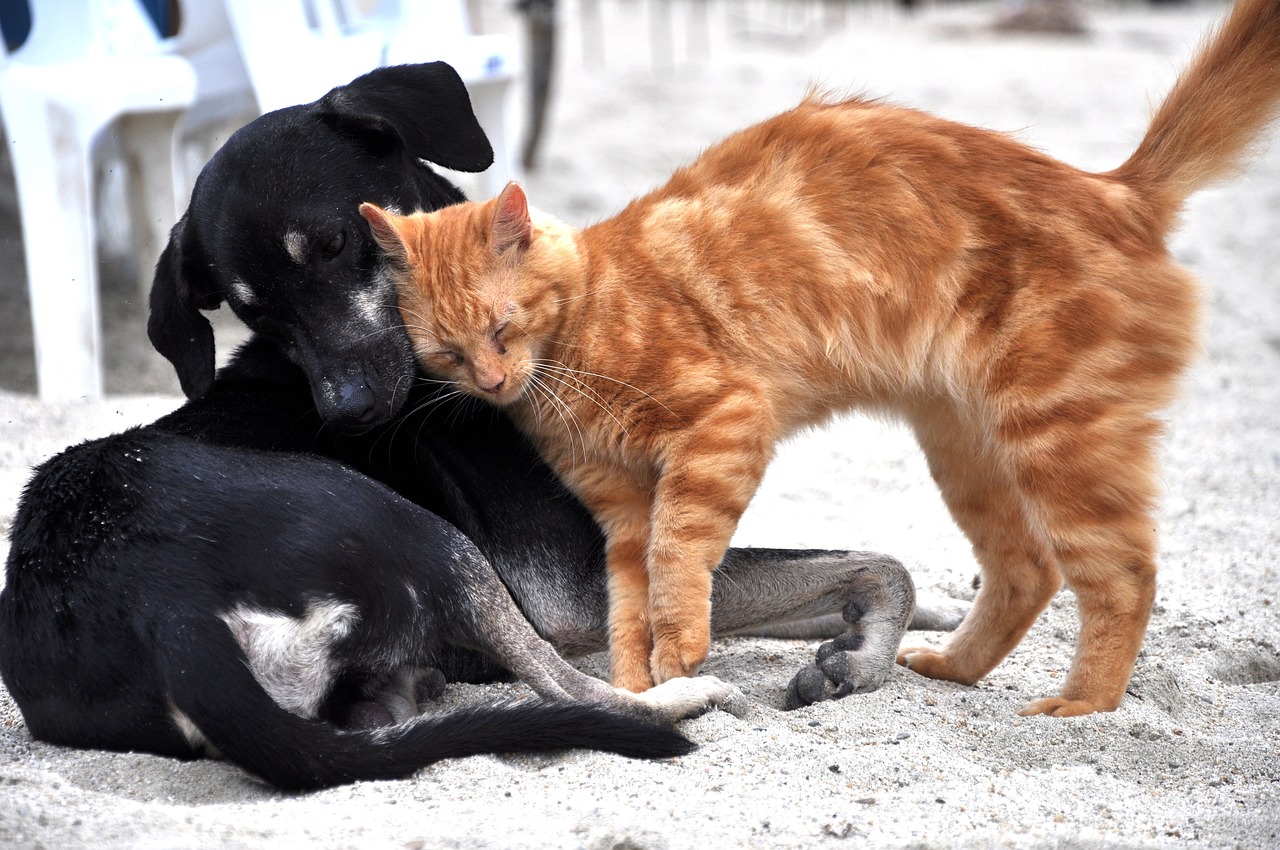Pets contribute to the carbon footprint of your household. Should this affect your choice of pet? What can you do if you already have one? There are two main things to consider: the size of the pet and the food they eat.
Size of the pet
Research shows how the size of the pet can change its carbon footprint:
25kg CO2e per year for a goldfish
310kg CO2e per year for an average-sized cat
770kg CO2e per year for an average-sized dog
2500kg CO2e per year for a Great Dane
The size of pet significantly changes the carbon footprint of animals. The pet with the lowest carbon footprint is a goldfish. They are very small and eat little food. Rabbits, hamsters and gerbils also have a low carbon footprint because they don’t require a much food and are herbivores. Cats and dogs have a higher carbon footprint compared to gerbils and hamsters because they are larger and are carnivores. However, big dogs like Great Danes have the biggest carbon footprint, which can be more than triple of an average-sized dog.
Pets and food
Another factor that impacts on your pet’s carbon footprint in what they eat. Meat produces more carbon emissions than vegetables, so herbivores such as hamsters and gerbils have a much lower carbon footprint than carnivores like cats and dogs. Having an herbivore as a pet is better than having a carnivore. But what if you prefer cats and dogs to other pets? One thing you can do is avoid giving them beef and lamb. Beef and lamb have a much higher carbon footprint than any other animal and it should be substituted for chicken, pork and fish.
Source: How bad are bananas? by Mike Berners-Lee

Leave a Reply